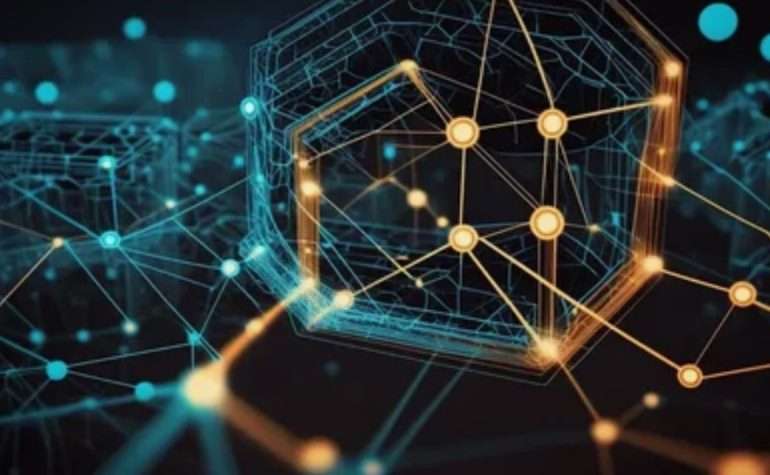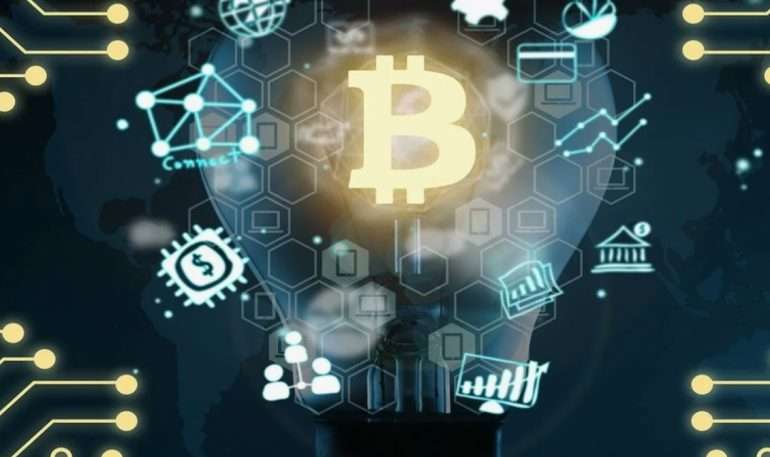Navigating the world of finance can be confusing, especially when encountering terms like provisional credit; Understanding what provisional credit means and how it works is crucial for responsible financial management․ This guide aims to demystify the concept, providing a clear explanation for beginners and outlining the benefits and potential drawbacks associated with it․ Let’s delve into the details to equip you with the knowledge you need to make informed decisions․
Understanding Provisional Credit: The Basics
Provisional credit is essentially a temporary credit that a bank or financial institution provides to a customer’s account while investigating a disputed transaction․ It’s a safety net, offering immediate relief while the institution conducts a thorough review of the claim․ This differs from a permanent credit, which is issued only after the investigation is complete and the dispute is resolved in the customer’s favor․ The purpose is to protect the customer from financial hardship during the investigation period․
How Does Provisional Credit Work?
- Report the Disputed Transaction: The first step is to promptly report the unauthorized or incorrect transaction to your bank or credit card issuer․
- Investigation Begins: The financial institution will initiate an investigation to determine the validity of the claim․
- Provisional Credit Issued: If the claim meets certain criteria, the bank will issue a provisional credit to your account, typically within a specific timeframe (often within 10 business days)․
- Investigation Continues: The investigation continues, and the bank will gather evidence and information related to the disputed transaction․
- Resolution: Once the investigation is complete, the bank will notify you of the outcome․ If the dispute is resolved in your favor, the provisional credit becomes permanent․ If not, the provisional credit will be reversed․
Benefits and Risks of Provisional Credit
While provisional credit offers a valuable safeguard for consumers, it’s important to understand both its advantages and potential risks;
Benefits:
- Immediate Financial Relief: Provides immediate access to funds while the dispute is being investigated․
- Reduced Financial Burden: Prevents you from having to pay for a transaction that you believe is fraudulent or incorrect․
- Protection Against Fraud: Offers a layer of protection against unauthorized charges and fraudulent activity․
Risks:
- Potential Reversal: If the investigation determines that the transaction was valid, the provisional credit will be reversed, and you will be responsible for the amount․
- Temporary Nature: It’s important to remember that provisional credit is temporary and subject to change․
- Impact on Credit Score: While unlikely, a reversal could potentially impact your credit score if it leads to missed payments or other financial difficulties․
Provisional Credit vs․ Permanent Credit: A Comparison
Understanding the difference between provisional and permanent credit is essential․
| Feature | Provisional Credit | Permanent Credit |
|---|---|---|
| Nature | Temporary | Permanent |
| Issuance | Issued while investigation is ongoing | Issued after investigation is complete and in customer’s favor |
| Reversal | Can be reversed if dispute is not resolved in customer’s favor | Cannot be reversed |
| Purpose | To provide immediate financial relief during investigation | To compensate the customer for the disputed transaction |




